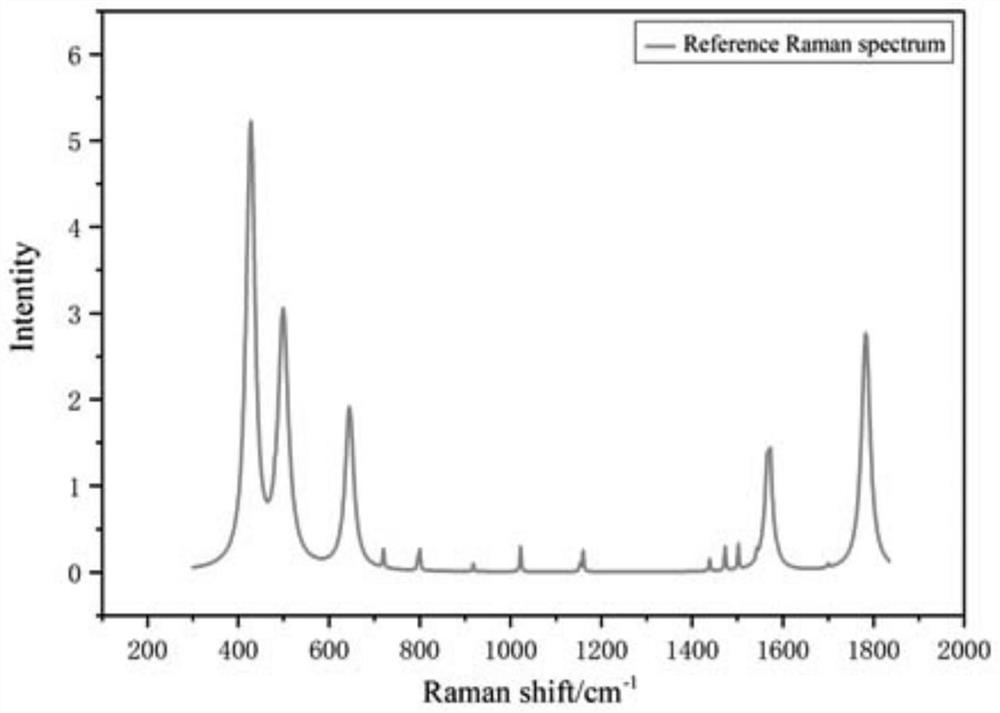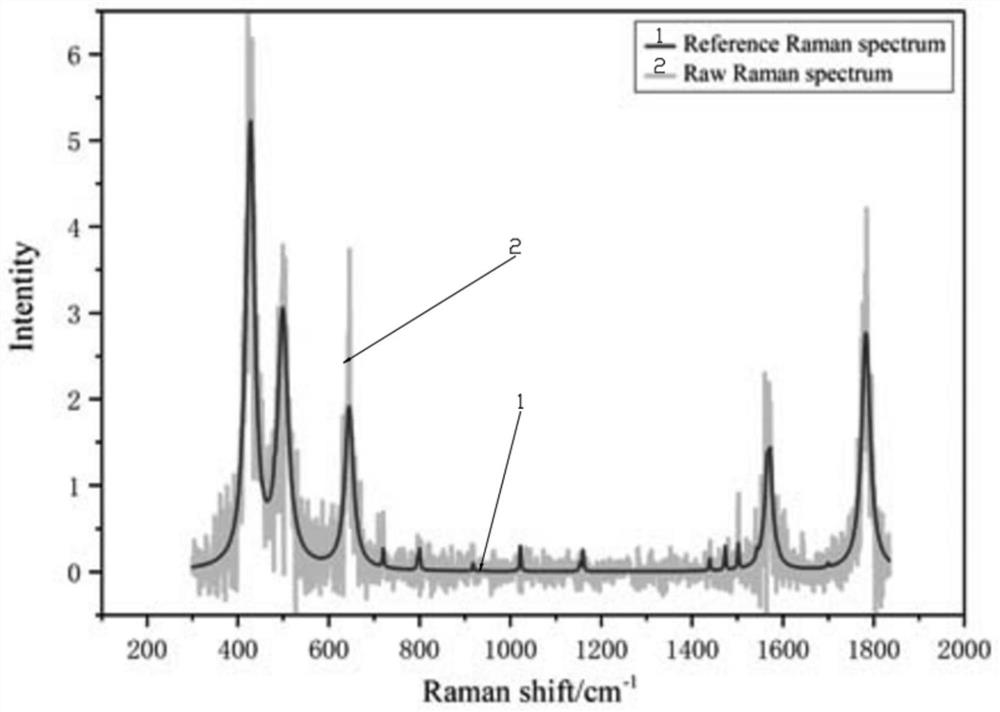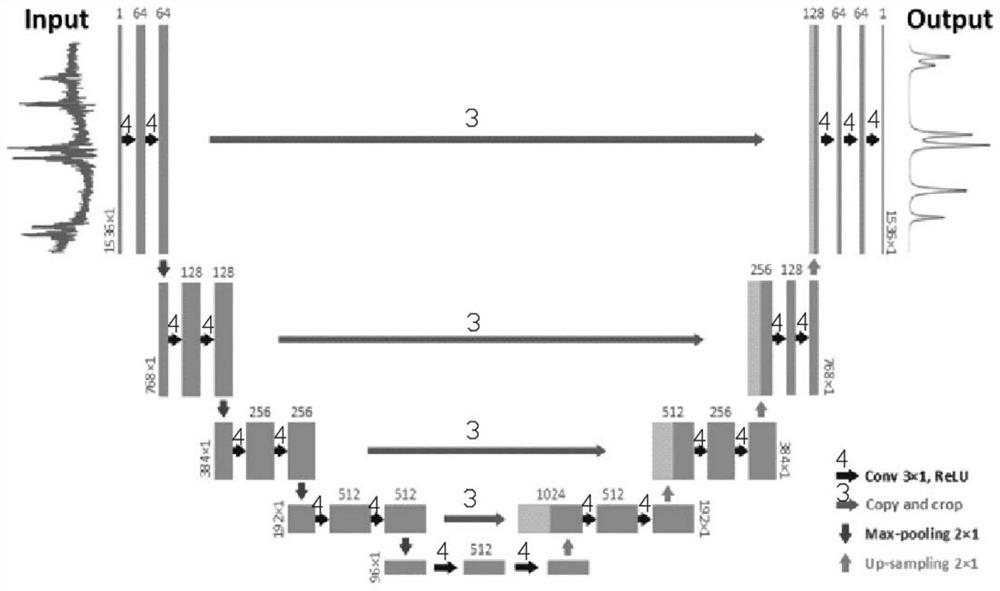Raman spectrum denoising method based on deep learning
A Raman spectroscopy and deep learning technology, applied in the field of optics and optical detection, can solve the problems of denoising, unable to automatically set denoising parameters, unable to accurately and efficiently Raman spectroscopy, etc., to achieve strong generalization ability and robustness , effects that are easy to extend and use
- Summary
- Abstract
- Description
- Claims
- Application Information
AI Technical Summary
Problems solved by technology
Method used
Image
Examples
Embodiment Construction
[0047] The present invention will be further described below in conjunction with the accompanying drawings and embodiments.
[0048] This example provides a Raman spectrum denoising method based on deep learning. In this method, a large amount of simulated Raman spectrum data is used for training, and a U-shaped deep learning model with an encoder and decoder structure is built to perform denoising on the Raman spectrum data. Noise removal. The invention can accurately, efficiently and automatically denoise the Raman spectrum, and can solve the problems of losing spectral information and relying on manual intervention to set parameters during the denoising process of the Raman spectrum.
[0049] The concrete steps of this method are as follows:
[0050] Step 1: Use the formula to simulate the Raman spectrum data, and use the Lorentz profile to fit the characteristic peaks of the pure Raman spectrum, such as figure 1 shown. Fit a noisy signal using Poisson noise and Gaussian...
PUM
 Login to View More
Login to View More Abstract
Description
Claims
Application Information
 Login to View More
Login to View More - R&D
- Intellectual Property
- Life Sciences
- Materials
- Tech Scout
- Unparalleled Data Quality
- Higher Quality Content
- 60% Fewer Hallucinations
Browse by: Latest US Patents, China's latest patents, Technical Efficacy Thesaurus, Application Domain, Technology Topic, Popular Technical Reports.
© 2025 PatSnap. All rights reserved.Legal|Privacy policy|Modern Slavery Act Transparency Statement|Sitemap|About US| Contact US: help@patsnap.com



